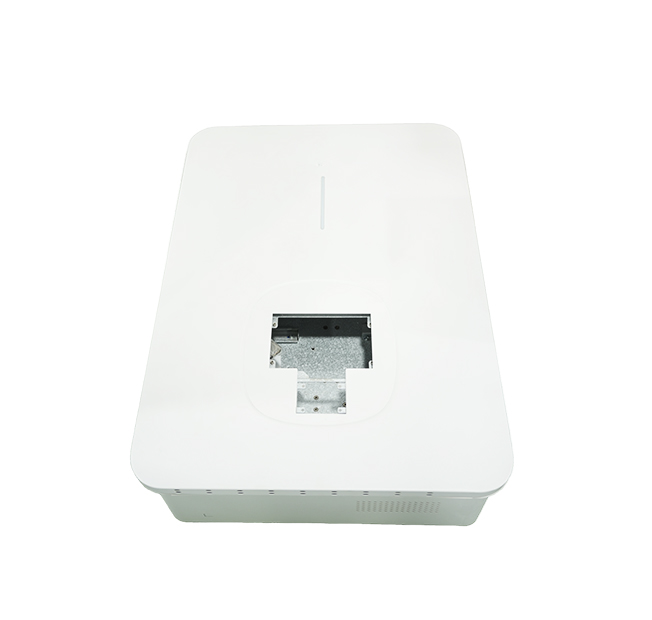Time:2025-07-03 Views:0 source:CNC Machining customization source:CNC Machining news

High-strength steel (HSS) has become an increasingly popular material choice in sheet metal processing, especially in industries where strength, durability, and weight reduction are critical factors. HSS offers higher yield and tensile strengths compared to conventional mild steel, allowing for the production of thinner and lighter components without sacrificing structural integrity.
In the automotive industry, HSS is extensively used in the manufacturing of vehicle bodies. Components such as side-impact beams, roof rails, and chassis parts are often made from high-strength steel grades like dual-phase (DP) steel, transformation-induced plasticity (TRIP) steel, and complex-phase (CP) steel. These steels can withstand high levels of stress and deformation during collisions, enhancing vehicle safety. At the same time, by using thinner HSS sheets, the overall weight of the vehicle body can be reduced, contributing to improved fuel efficiency and reduced emissions.
In the construction industry, HSS is employed in the fabrication of structural components such as beams, columns, and trusses. Its high strength enables the construction of taller and more slender buildings with larger open spaces, while maintaining structural stability. For example, in high-rise buildings, HSS can be used to create lightweight yet robust structural frames that can resist wind loads and seismic forces effectively.
However, processing high-strength steel in sheet metal operations presents some challenges. Its higher strength makes it more difficult to form, requiring more powerful stamping equipment and advanced forming techniques. Special tooling materials and coatings are often needed to prevent tool wear and ensure the quality of the formed parts. Additionally, heat treatment processes may be required to optimize the mechanical properties of HSS components after forming. Despite these challenges, the benefits of using high-strength steel in sheet metal processing make it an attractive option for many industries, and ongoing research and development are continuously improving the processing techniques and expanding its application scope.
Read recommendations:
Sealing ring Precision electronic parts
Housing components for recessed downlights Precision electronic parts
Oval Magnetic Hardware Precision electronic parts
CNC Machining Dimension Accuracy
CNC processing factory - Meeting customers' strict requirements for precision